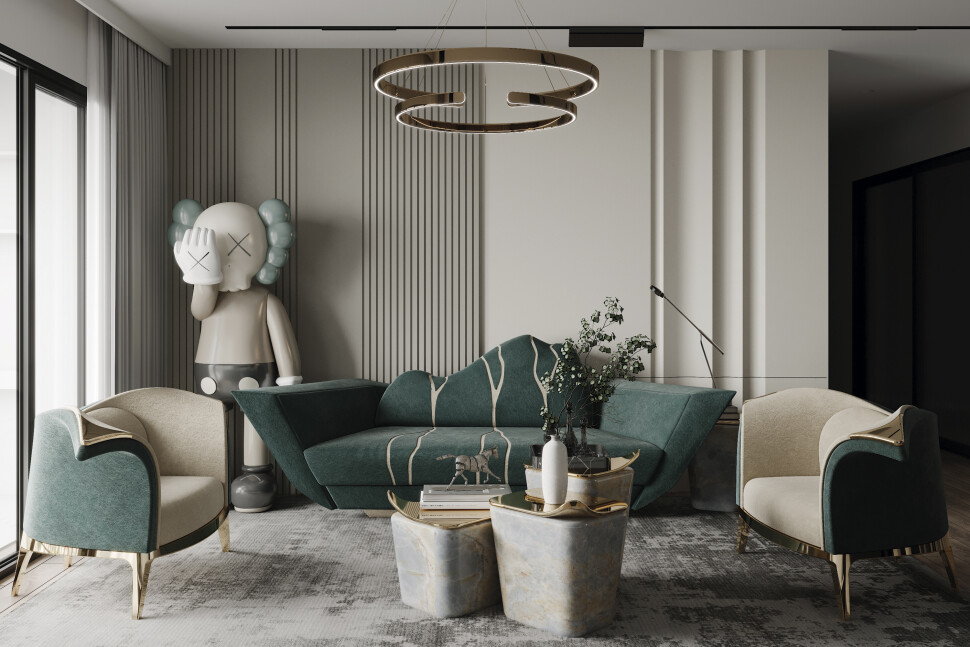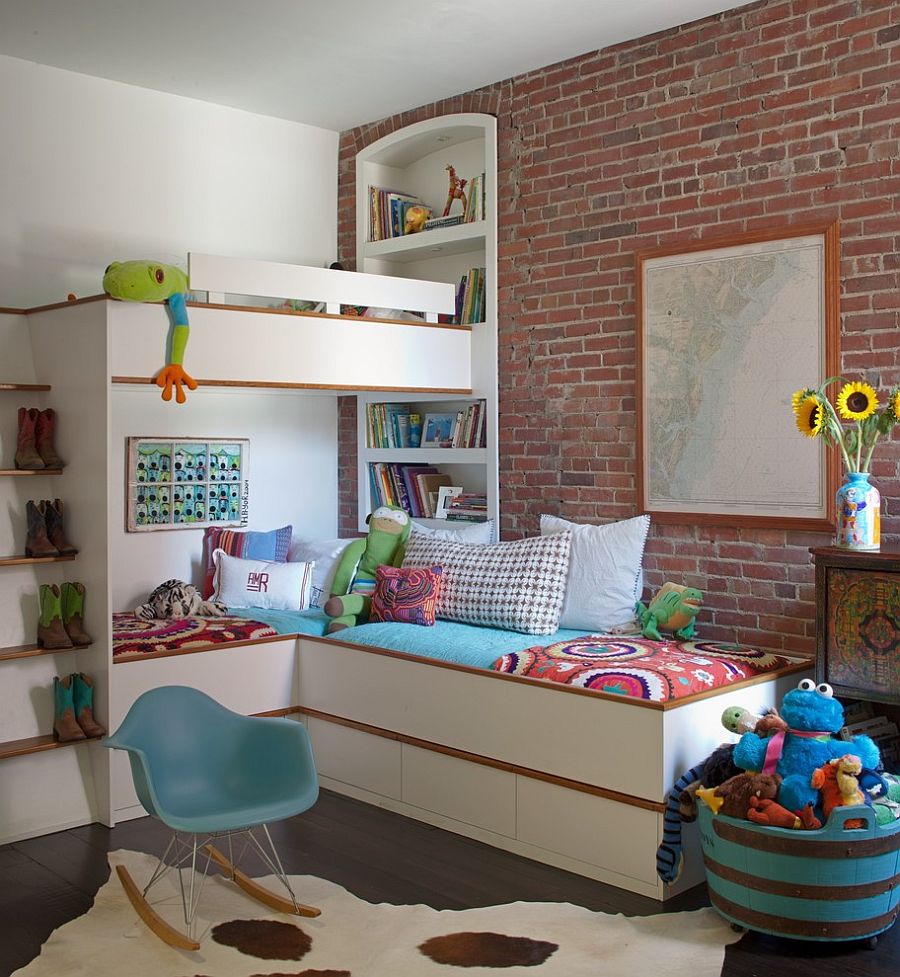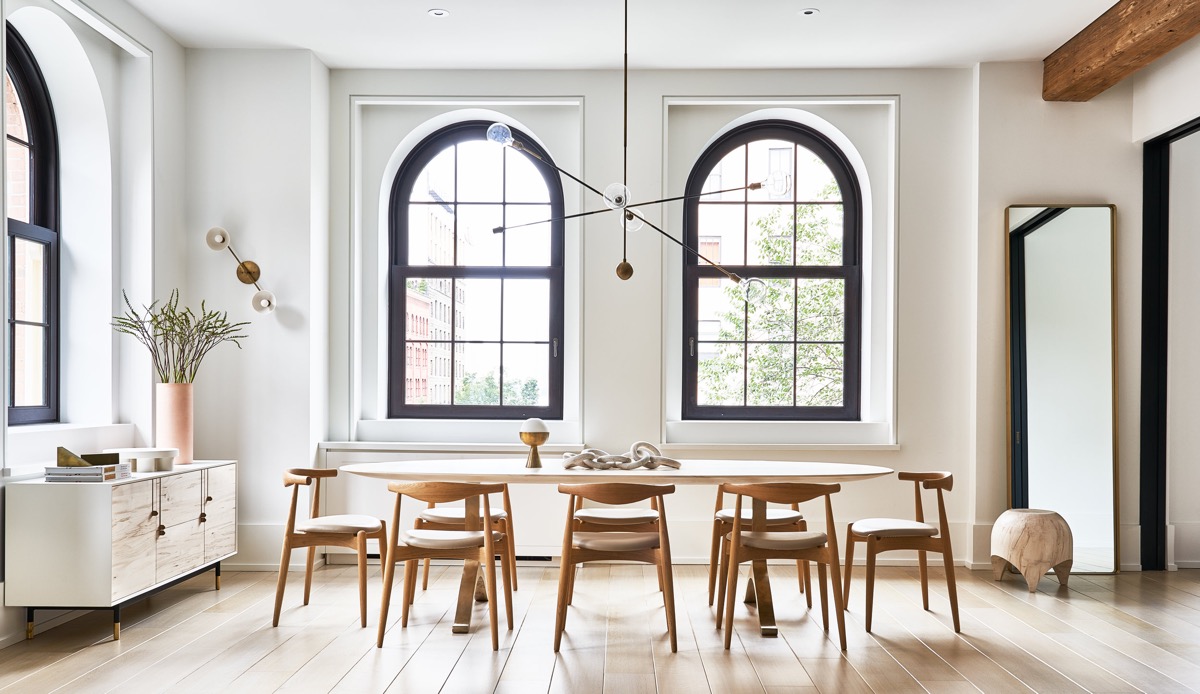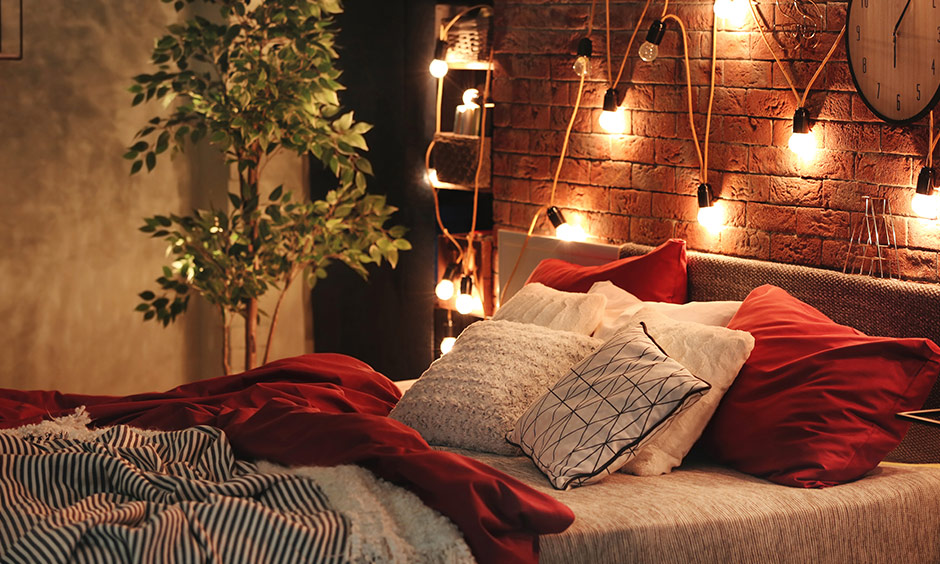The living room is often the heart of a home, where friends gather, families bond, and memories are made. Making this space not only comfortable but visually appealing is crucial in creating a welcoming atmosphere. One way to add personality and charm to your living room is by incorporating art and decor into your design. By blending creativity and style, you can transform your living room into a space that reflects your unique personality and aesthetic preferences. Join us as we explore the endless possibilities of infusing art and decor into your living room design.
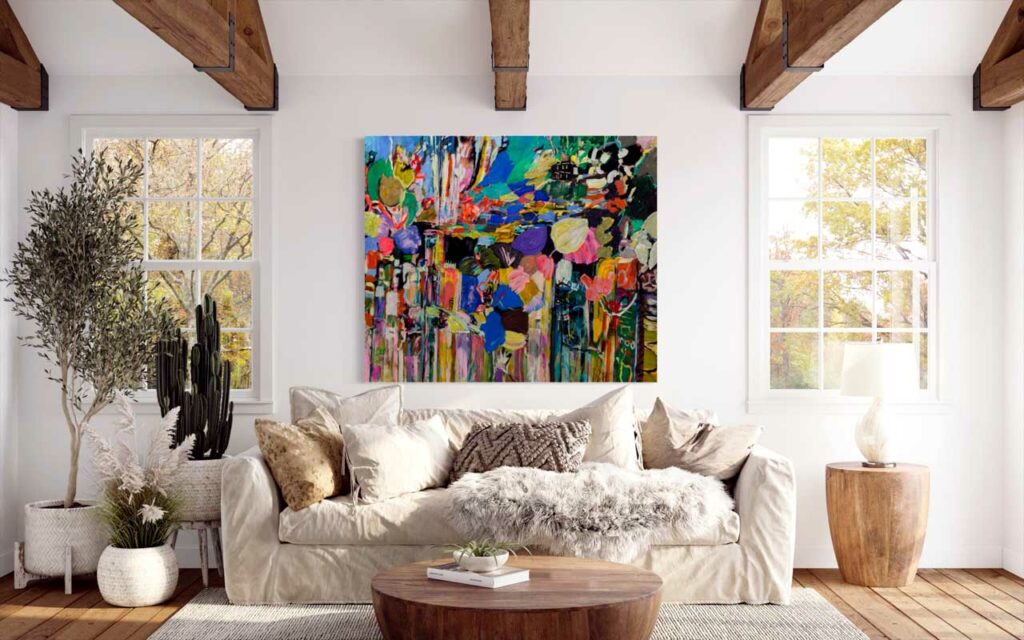
Highlighting Statement Art Pieces
When it comes to designing your living room, incorporating statement art pieces can truly elevate the space and add a touch of personality. From bold paintings to unique sculptures, art can serve as the focal point of the room and create a sense of style and sophistication.
One way to highlight statement art pieces in your living room is to ensure they are properly displayed. Consider installing gallery-style lighting to illuminate the artwork and make it stand out. You can also create a gallery wall with a curated collection of art pieces that complement each other.
Another way to incorporate art into your living room design is to choose pieces that reflect your personal taste and interests. Whether you prefer abstract paintings or vintage photography, the key is to select art that speaks to you and adds meaning to the space.
By strategically placing statement art pieces throughout your living room, you can create a visually stunning and cohesive design that is sure to impress your guests and make you feel right at home.
Choosing the Right Color Scheme for Artwork
When it comes to incorporating art and decor into your living room design, one of the most important things to consider is the color scheme. Choosing the right colors can set the tone for the entire room and tie everything together beautifully.
Balancing Art and Decor in your Living Room Design
When it comes to designing your living room, finding the perfect balance between art and decor is essential. Incorporating both elements seamlessly can enhance the overall aesthetic of the space while reflecting your personal style. Follow these tips to create a harmonious living room design that showcases both art and decor.
Choose a focal point: Select a piece of art or a decorative item to serve as the focal point of your living room design. This can be a large painting, a statement mirror, or a unique sculpture. Build the rest of your decor around this focal point to create a cohesive look.
Mix and match styles: Don’t be afraid to mix different art styles and decor pieces in your living room design. Eclectic combinations can add depth and personality to the space. Experiment with blending modern artwork with traditional decor or vice versa to create a visually dynamic environment.
Consider scale and proportion: Pay attention to the scale and proportion of the art and decor items you choose for your living room. Balance larger pieces with smaller accents to create visual interest and avoid overwhelming the space. Utilize rugs, curtains, and furniture to create a sense of balance and harmony in the room.
Tips for Mixing Art Styles and Decor Elements
When it comes to designing your living room, mixing art styles and decor elements can add a unique and eclectic touch to your space. By combining different art styles and decor pieces, you can create a visually interesting and dynamic environment that reflects your personality and style.
In conclusion, incorporating art and decor into your living room design is a wonderful way to infuse personality and creativity into your space. Whether you’re a minimalist lover or a maximalist enthusiast, there are endless possibilities for incorporating art and decor that speak to your individual taste and style. From vibrant paintings to unique sculptures, the possibilities are truly endless. Remember, your living room is a reflection of who you are, so don’t be afraid to get creative and think outside the box when decorating. With a little imagination and some inspiration, you can transform your living room into a beautiful and inviting sanctuary that you’ll love coming home to. So go ahead, unleash your inner artist and let your imagination run wild!

